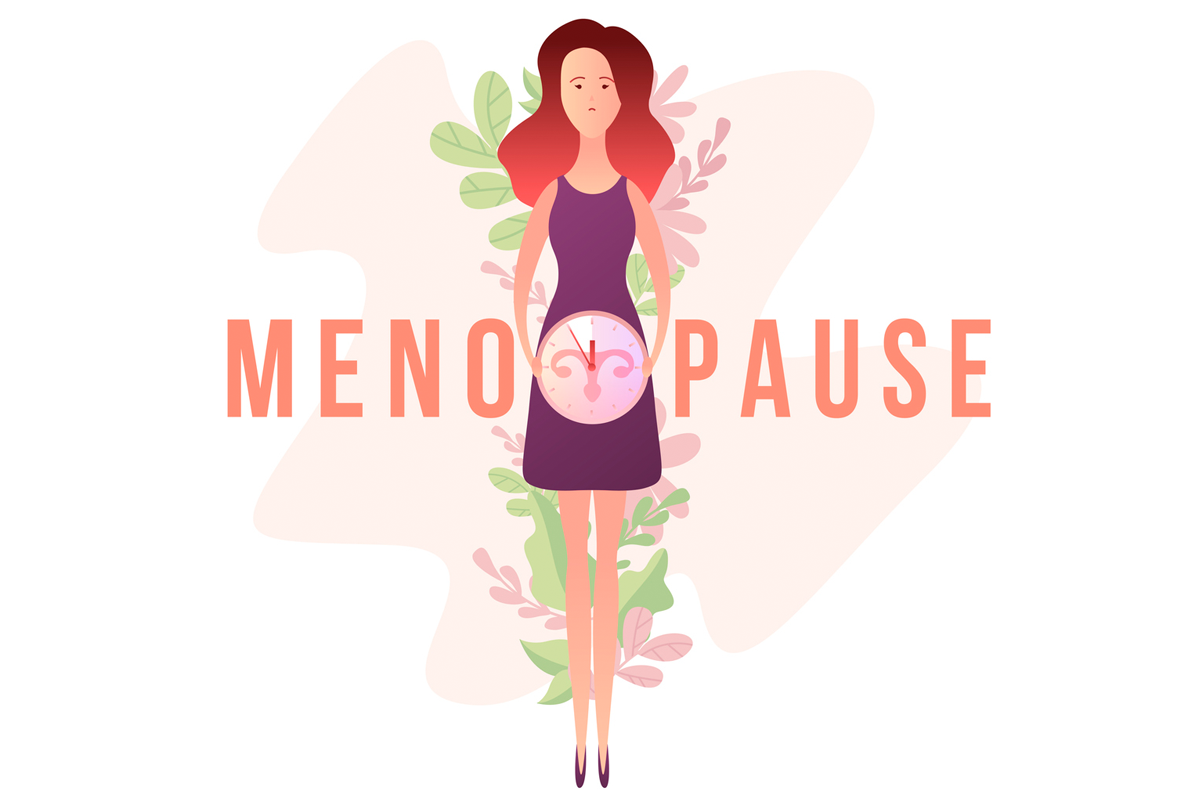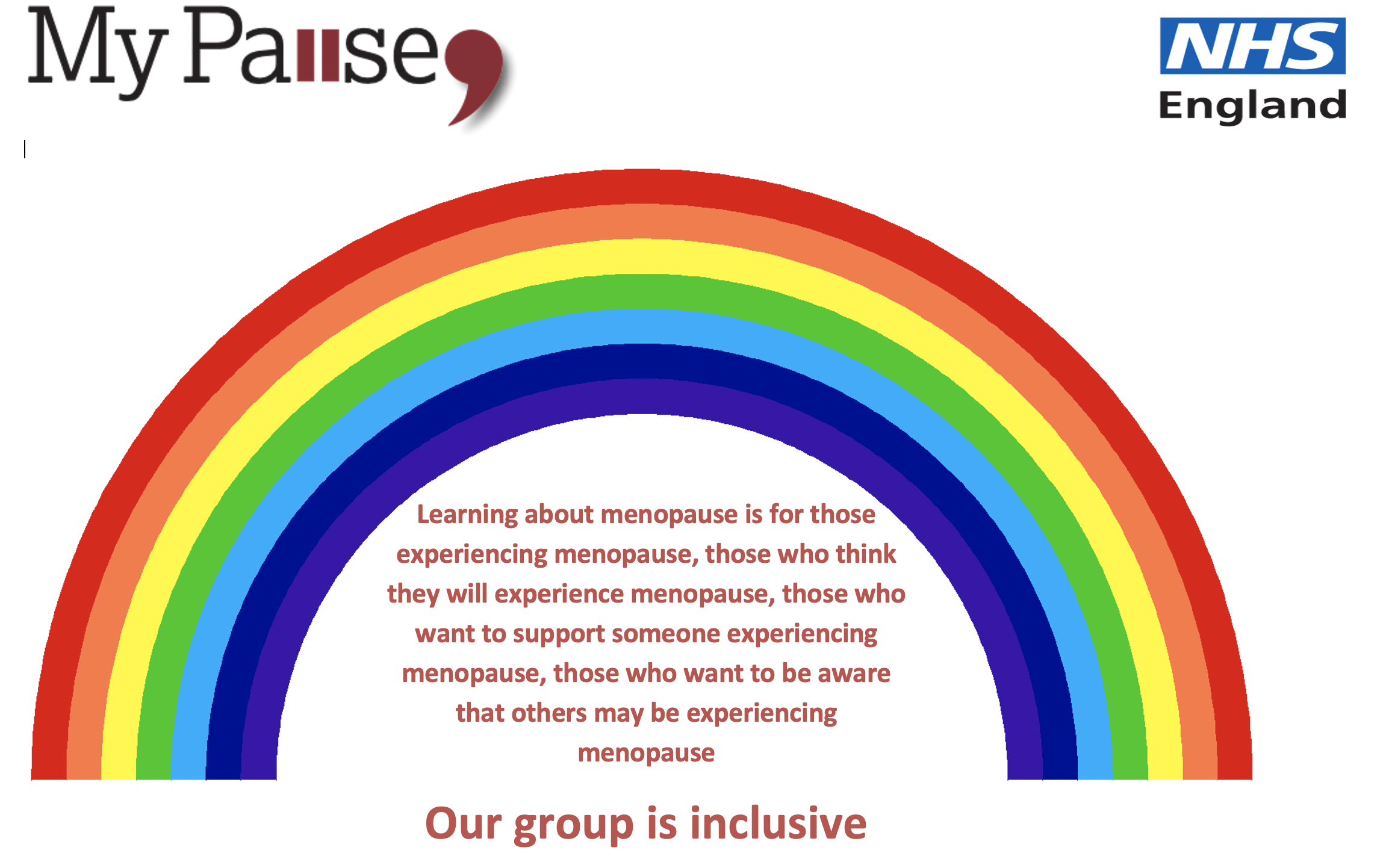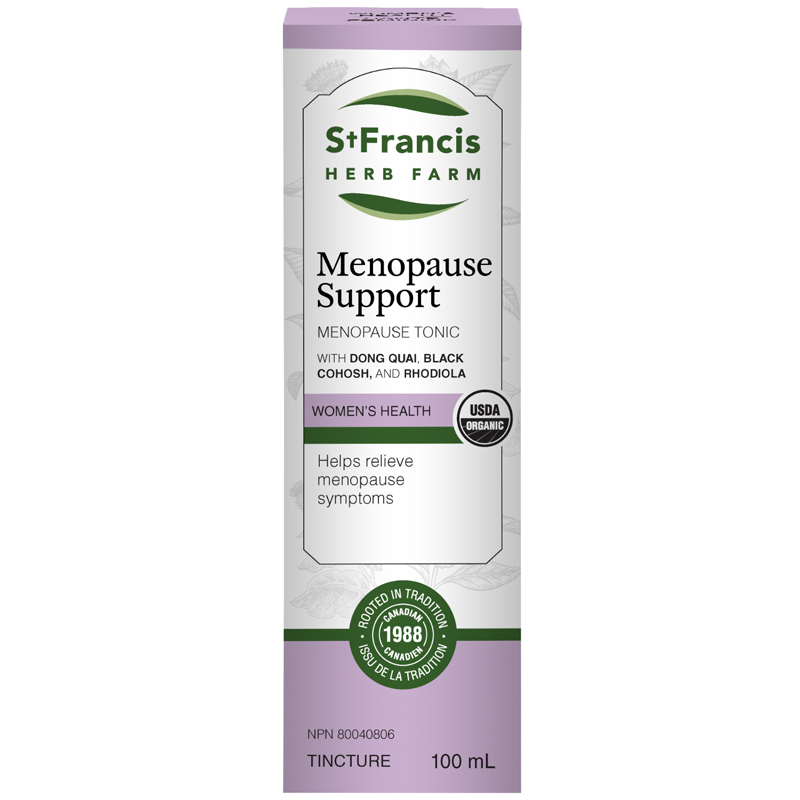
Niche Employee Benefits Gaining Popularity in Tight Labor MarketNiche Employee Benefits Gaining Popularity in Tight Labor Market As employers strive to support employees throughout their lives and address the ongoing labor shortage, they are increasingly considering niche employee benefits such as menopause support and grandparent leave. This trend is highlighted in the 2024 SHRM Employee Benefits Survey. Menopause Support * 17% of employers provide menopause support, such as counseling and education. * Only 2% offer menopause or menstrual leave beyond regular sick leave. * Companies like Microsoft and Sanofi are offering menopause benefits, and interest in leave during menopause has surged. * The rising demand for menopause support is driving the introduction of a bipartisan Senate bill to fund research and support initiatives. Other Niche Benefits * 4% of employers offer grandparent leave. * 12% offer gender-affirming hormone therapy. * Over a third offer bereavement leave for failed pregnancies, surrogacies, or adoptions. * Pet insurance (22%) and employee assistance programs (82%) are becoming more common. Essential Benefits Despite the rise of niche benefits, employers continue to prioritize traditional benefits: * Health care (88%) * Retirement savings and planning (81%) * Paid time off (96%) Leave and Retirement * Leave and retirement are now the second most important benefit type. * Most employers (94%) offer 401(k) or similar plans, with 84% offering matching contributions. * Roth 401(k) plans are gaining popularity. * Retirement education is less common, with only 49% of employers offering it. Paid Leave Policies * Paid vacation, sick leave, and personal days are nearly universal. * For employees with one year of service, employers offer an average of 12 paid vacation days and 10 paid sick days or 15 paid days off overall. Balancing Employee Needs HR leaders should balance the needs of their organizations with those of employees when designing benefits packages. Understanding the changing expectations of employees is crucial for attracting and retaining top talent.
As business leaders look to support employees at all stages of life and the tight labor market continues, employers are considering more niche benefits such as menopause support and grandparent leave, according to the 2024 SHRM Employee Benefits Survey.
SHRM’s findings – drawn from a survey of 4,529 HR professionals at organizations of all sizes, industries and sectors – were announced June 24 at the SHRM Annual Conference & Expo 2024 (SHRM24) in Chicago.
For the first time since SHRM began its annual benefits survey in 1996, it has included menopause-specific support in the data, finding that 17% of employers provide related support such as counseling and education. Significantly fewer employers, just 2%, offer menopause or menstrual leave beyond what is already covered by regular sick leave.
“With things like menopause, I think it’s becoming more and more part of the conversation,” says Daniel Stunes, data monetization manager at SHRM Data and Insights. “The more comfortable people are talking about it, the more companies will hear about it. And the more companies hear about it, the more they realize: ‘Maybe we should do something about that.’ ”
Indeed, others in the industry have pointed to the benefits of menopause as a rising trend. Companies including Microsoft and pharmaceutical company Sanofi are offering menopause benefits to their employees.
A 2023 Bank of America report found that 64% of working American women want menopause-specific benefits. And over the past four years, interest in leave during menopause in particular has increased by as much as 1,300%, according to Lensa, an online job site.
“When we compare the cost of replacing employees who are going through menopause with supporting them, it becomes clear that the money spent on adopting initiatives for employees going through this life change is sensible,” says Maria Trapenasso, national practice leader of human capital solutions at benefits consultant NFP. .
The momentum behind menopause support could get a boost from a bipartisan Senate bill introduced in May that would fund additional federal research on menopause, along with physician training and other forms of support. That bill, Stunes said, could signal an increasing focus on menopause as a health care and benefits issue.
Overall, SHRM’s benefits survey findings indicate that employers are adapting to employees’ changing expectations while opting for empathy and out-of-the-box ways to differentiate themselves from the competition.
Currently, 4% of employers offer grandparent leave; 12% offer gender-affirming hormone therapy; and more than a third of the 91% who offer bereavement leave now offer time off for loss caused by a failed pregnancy, surrogacy or adoption, according to SHRM’s results.
Pet insurance is also becoming increasingly popular, with 22% of employers offering this perk, up from 19% in 2023 and 14% in 2022. This indicates that organizations are embracing employees’ entire families. And employee assistance programs are now offered by 82% of employers, an all-time high.
“Traditionally, companies have approached benefits from the standpoint of, ‘What can we offer that will benefit the most people?’ Now we’re at the point of, ‘The vast majority of companies offer health care, mental health care, some kind of leave program and some kind of retirement program. So how can I be more competitive in the marketplace?’ Stunes said. “Then we see some of these specific benefits. If you have a big, long list of perks, some may apply, some may not apply to employees, but I think this shows that you are trying to reach some groups and make a difference.”
Main benefits
While some historically non-traditional benefits are on the rise, employers continue to view such strengths as health, retirement and paid time off as the most essential, according to the survey. The top five most important benefits for employers were completed by flexible working (mentioned by 70% of employers) and family care (67%).
According to this year’s survey, employers consider health care to be the most essential employee benefit. About 88% of HR leaders said it was “very important” or “extremely important,” with nearly all employers surveyed (97%) offering health care coverage to their employees.
Traditional health plans, such as preferred provider organizational plans, are the most common, with 82% of employers offering this option. Additionally, 63% of organizations offer high-deductible healthcare plans combined with health savings accounts, health benefit plans or flexible spending accounts.
Leave and retirement savings and planning were the second most important benefit type, with 81% of HR leaders saying these benefits were “very important” or “extremely important.” These statistics are unchanged from 2023.
Traditional 401(k) or similar defined contribution plans are the most common option for retirement savings, with 94% of respondents offering them and 84% of those offering a 401(k) match – the same numbers as a year ago. Meanwhile, 73% of employers offer a Roth 401(k) or similar defined contribution plan, up 2 percentage points from 2023 and 10 percentage points from 2020 – demonstrating the increasing popularity of such plans. Of these employers, 75% offer a Roth 401(k) match, up from 74% in 2023. The average employer match for traditional 401(k) contributions in 2024 is 6.61%, while the average employer match for Roth 401 (k) contributions the contribution is 6.50%.
While the retirement landscape as a whole hasn’t changed much, retirement education has changed in recent years: Even as more employers offer formal retirement savings programs, they are less likely to offer retirement planning or investment advice, either online or in the form of a savings program. a group or classroom, or one-on-one. Only 49% of employers will offer this benefit in 2024, compared to 58% in 2021.
Average free time
The survey shows that paid vacation, vacation and sick leave are still nearly universal benefits, all provided by 96% or more of employers.
For the first time this year, SHRM asked respondents about the average length of paid leave for organizations that award time based on how long an employee has worked at the company. As an example of one service period, for employees with one year of service, SHRM found that employers offer an average of twelve paid vacation days and ten paid sick days, or fifteen paid days off, including both vacation and sick days.
SHRM’s research provides a basis for comparison for employers, but paid leave policies, like all other benefits, should reflect what’s important to an organization’s workforce, says Calven Engstrom, a data sourcing specialist at SHRM.
“It’s really about managing employee needs,” he says. “Ultimately, it is doing what you think will make your employees happy.”
Stunes agreed, saying that when it comes to benefits, HR leaders should try to balance the needs of their organization with those of employees.
“Every employer must make decisions about employment conditions based on their own circumstances,” Stunes said. “But they also need to think about the employees they want and make sure they get benefits that actually meet the needs and wants of the individuals they are trying to find. It is a matter of staying in line with the company culture and adapting to changing expectations.”
SHRM members can view the full results of the Employee Benefits Survey, an interactive online tool at shrm.org/benefits. For a closer look at the findings, don’t miss the “2024 SHRM Annual Employee Benefits Survey Results” session, held both virtually and in person in Chicago at SHRM24, in person on June 24 at 2pm CT.









.png)
:max_bytes(150000):strip_icc()/101521-menopause-leave-lead-2000-7854e84d2ac54fb5bd2453631547bf5f.jpg)


















